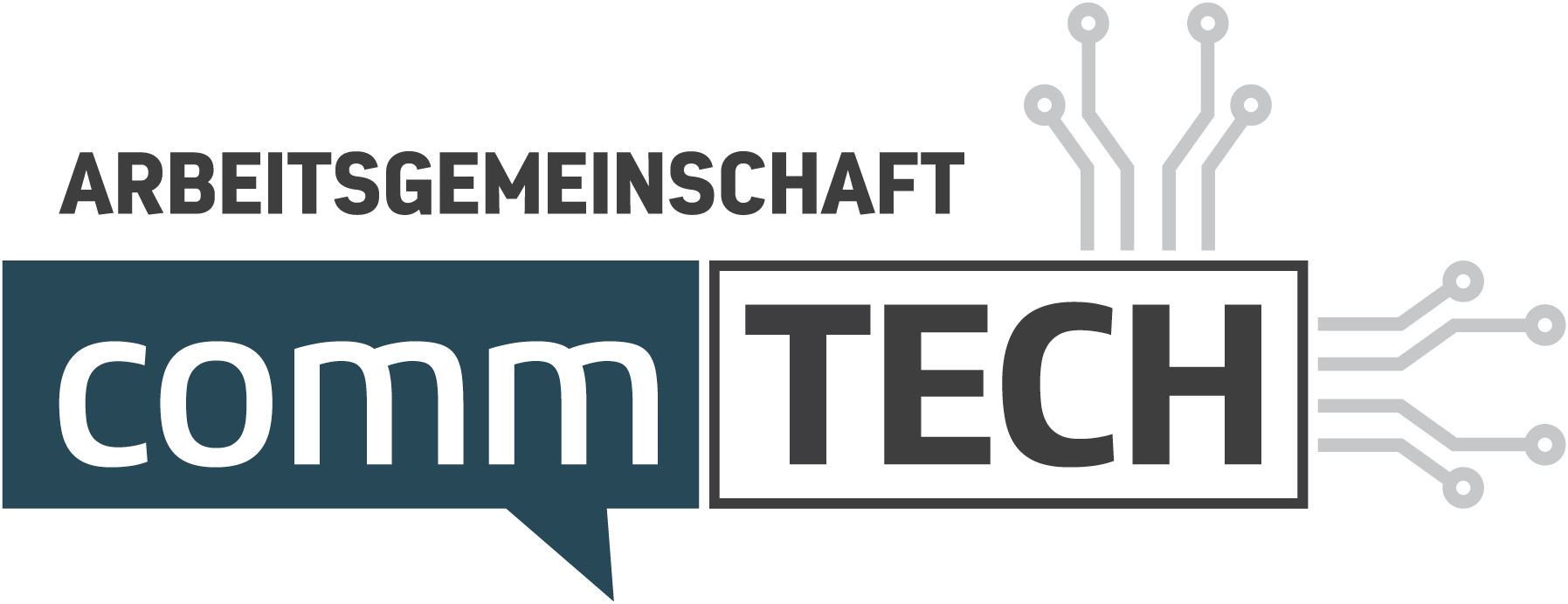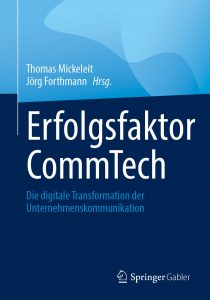- 28. March 2024
- Posted by: Die Redaktion
- Category: BEST PRACTICES

Interview with Martin Reimund: Workshop report – How AI is changing topic and reputation management

Martin Reimund is Head of Strategic Theme Management at Union Investment. In an interview with AG CommTech, he talks about how AI is changing topic and reputation management and how the two areas are connected. He also explains what insights can be gained from AI-supported reputation analyses and what influence this has on the management of your own communication activities.
AG CommTech: How would you describe your role at Union Investment? It is not very common to map topic strategy organizationally in communication. How did Union Investment come to set up a separate unit to deal with this?
Martin Reimund: We started strategically structuring our communications work over ten years ago. This means that we have developed processes that define how we identify and prepare overarching topics for various formats. Theme management offers the opportunity to continuously develop the cornerstones of your own positioning, to charge them with new content and messages and thus to make the best possible use of their communicative potential.
AG CommTech: We know from the CommTech Index Report that only a few communications departments have so far been able to measure reputation and align their topic management accordingly. How do you see the connection between topic management and reputation goals?
Martin Reimund: For me, topic management equals reputation management. With critical topics, this is obvious anyway. After all, anything that can tarnish your reputation is a potential issue that needs to be kept on the radar of topic management. But this is also closely related to topic management when it comes to building a reputation, i.e. when it comes to making targeted use of communication opportunities. Messages have the greatest reputational impact when they are not chosen arbitrarily, but rather contribute to strategically defined topics and ideally reinforce each other.
AG CommTech: What role does AI play in this context? What can we do with it that we couldn’t do before?
Martin Reimund: AI helps with observation, measurement and evaluation in particular. It is fast, comparatively inexpensive and can pack publications in different media genres such as the press and social media into a comparable framework.
AG CommTech: What insights do you gain from the AI-supported reputation analyses and how does this help you to manage your communication activities?
Martin Reimund: In many companies, the impact of communication is still assessed on a gut level. For us as communication experts, the use of analysis tools offers the possibility of objectifying subjective impressions with an objective picture and backing them up with concrete, measurable figures. The fact that you can use this method to show how the individual topics relate to reputation is another plus. In addition, topics such as the role as an employer or sustainability have gained strategic importance for many companies in recent years, but have been neglected in terms of communication. Reputation analysis allows the growing contribution of such topics to reputation building to be systematically recorded and categorized in comparison to the other dimensions.
AG CommTech: They say you’re always smarter afterwards. What would you do differently with today’s knowledge when measuring reputation? What advice would you give to colleagues who want to carry out media analytics and reputation measurements with AI?
Martin Reimund: The potential availability of countless analyses makes it tempting to try to tie up too many loose threads at the same time during the conception phase because you don’t really want to let go of any of them. I can only advise you to take the time to think through the reputation analysis concept properly, i.e. to answer two questions in particular: What can I do with it? What do I want to do with it? You should limit yourself to a few core elements and consider which type of analysis fits best and can be communicated internally.

